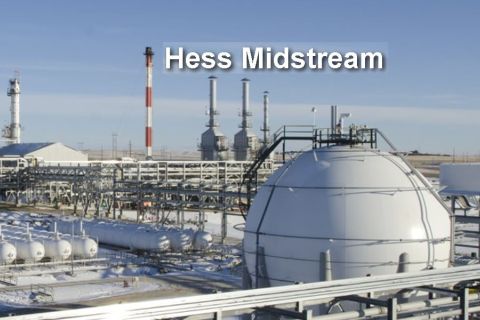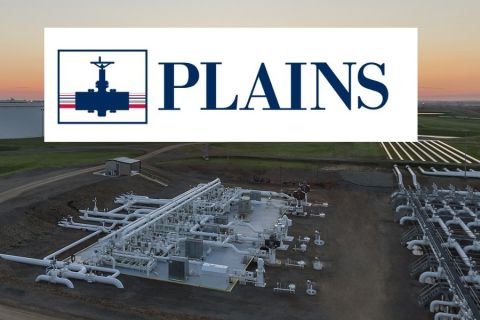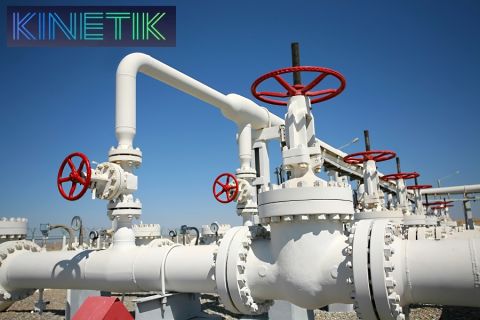As the NBA season winds its way to the finals in April, sports commentators have noted how much Houston Rockets star James Harden (aka The Beard) has wowed fans with his incredible performance. During a Rockets win in January against the dominant Golden State Warriors—by just one point at the buzzer in overtime—he amazed even Steph Curry and the Warriors’ coach.
The Rockets coach told the press afterward that Harden cannot be stopped; he is “unguardable.” This game was Harden’s 11th consecutive where he scored at least 30 points, his eighth-straight 35-point game and his fifth consecutive 40-point game.
The Houston Chronicle remarked that while most good players rely on the whole team’s execution of an offensive strategy, Harden gets open nearly always on his own, making his own plays rather than taking passes from teammates.
That got us thinking: How can E&Ps put up similar numbers and display this kind of skill and confidence in the face of deteriorating conditions to become unstoppable in 2019? How can they get their fans (investors) back?
Certainly, drilling only on the right acreage and with the best technology is key to making those three-pointers. Big-data study before stepping on the court and scrupulous planning of well design and logistics help put points on the board. Capital discipline puts a company over the top.
But, when 2019 began after that dreadful 2018 fourth quarter, all of us were asking questions and seeking coaching. Every sell-side analyst was revising models lower as fast as E&Ps were adjusting budgets. Oilfield-service companies feared the worst was not over yet.
Where do we go from here amid so much volatility? There are too many uncertainties right now—from the outcome of the U.S.-China trade fight to volatile White House policies to OPEC compliance on production.
All of these concerns were cited during the Federal Reserve Bank of Dallas’ most recent poll of energy executives. They were also cited by the 200 companies that responded in December to Barclays’ annual spending survey.
We came across an early January report from Simmons Energy that posed these six questions, which neatly sum up what is bothering everyone.
One: Did OPEC do enough to support the oil price for 2019? Simmons analysts Ryan M. Todd and Kashy Harrison answered, “Probably—or a lukewarm ‘yes.’” They see the market largely balanced at a low- to mid-$50s price. Their base case is $53.
Two: How much will U.S. supply grow? Assuming WTI trades in the low $50s, they estimate an increase in daily production by 1.5 million barrels (MMbbl), with the rig count down by 60 rigs from the November count. If WTI is around $60, then they foresee daily production increasing by about 2 MMbbl. If it is as low as $50, then growth will still occur, but by only 1 MMbbl.
Three: Can U.S. E&Ps deliver that trifecta of growth, returns and free cash flow at $50? “In aggregate, no, but it’s a mixed bag,” the Simmons analysts said. “We believe growth has de-rated, with a medium-term focus on an efficient combo of moderate growth and FCF.”
They think the sector needs a minimum of $50 to break even, while spending just enough capex to maintain production. Certainly some of the top-quartile companies can do better, but every executive has to be weighing how much cash to deploy toward growth vs. returning money to investors.
Four: Post-oil-price correction of December, how attractive is E&P-sector valuation? “Moderately attractive, depending on your view of crude.” Their base case of $53 would yield a moderate 20% upside to net asset values. “If one believes in $60/barrel long term, the upside leverage is significant—about 50% average upside to NAV.”
Five: Will corporate consolidation continue? Simply, yes. The analysts noted that, in 2018, there were eight transactions vs. one or two on average in each of the prior five years. They expect this to continue, driven by the shrinking number of private-E&P targets and an evolving market—i.e., the focus on efficiency, scale and maturing inventories. Possible targets they cite are Callon Petroleum Co., Parsley Energy Inc., WPX Energy Inc. and QEP Resources Inc.
QEP has received a $2.07-billion bid from activist investor Elliott Management Corp.
Six: Will oil-price differentials continue to drive capital and performance? During first-half 2019, Simmons sees diff risks continuing to plague the Permian and Western Canadian Sedimentary basins, but this problem may fade in the second half, it added. It views risk to Bakken players as overdone.
All in, Simmons is cautiously optimistic for 2019. It favors large-cap E&Ps that are diversified in more than one basin, that show greater efficiencies and can deliver cash returns with moderate growth, even if oil stays at $50.
That’s the playbook.
Recommended Reading
Hess Midstream Announces 10 Million Share Secondary Offering
2024-02-07 - Global Infrastructure Partners, a Hess Midstream affiliate, will act as the selling shareholder and Hess Midstream will not receive proceeds from the public offering of shares.
Plains All American Names Michelle Podavin Midstream Canada President
2024-03-05 - Michelle Podavin, who currently serves as senior vice president of NGL commercial assets for Plains Midstream Canada, will become president of the business unit in June.
Matador Completes NatGas Connections in Delaware Basin
2024-03-25 - Matador Resources completed natural gas pipeline connections between Pronto Midstream to San Mateo Midstream and to Matador’s acreage in the Delaware Basin.
Hess Midstream Subsidiary to Buy Back $100MM of Class B Units
2024-03-13 - Hess Midstream subsidiary Hess Midstream Operations will repurchase approximately 2 million Class B units equal to 1.2% of the company.
Kinetik Holdings Enters Agreement to Pay Debt
2024-04-04 - Kinetik Holdings entered an agreement with PNC Bank to pay down outstanding debt.





